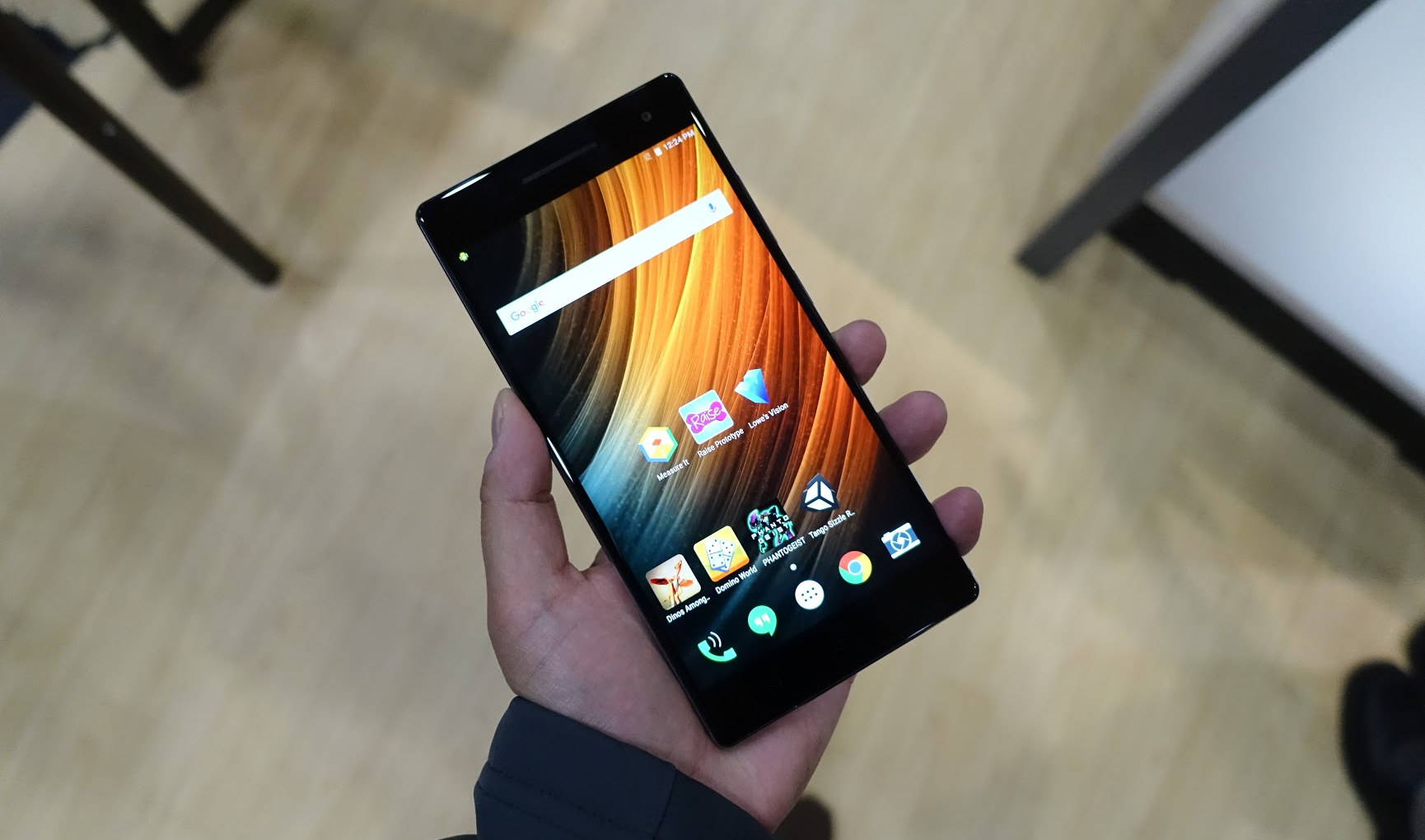The Lenovo Phab 2 Pro is the First Smartphone Built for Augmented Reality

At TechWorld this year, Lenovo unveiled what it dubs the world’s first consumer augmented reality (AR) smartphone. Marketed under the Lenovo branding rather than the more popular Motorola moniker in the US, the Phab 2 Pro joins the Phab 2 Plus and Phab 2 models in the lineup. Of the three phones in the range, only the Pro model offers Google’s 3D-mapping Project Tango camera.
Now that the first consumer phone has launched, Google also announced that it is dropping the Project name from Project Tango, leaving just Tango as the name. Where Tango shines is with its camera array, allowing users to use their phones to map the world, layer on an augmented reality interface, or even measure distances. Lenovo says that the Phab 2 Pro comes with a whopping four cameras.
The phone comes with a fixed-focus 8-megapixel camera, which is primarily used for selfies. On the back, there is a 16-megapixel camera with Tango’s depth tracking sensor and a motion tracking sensor. These camera sensors make the back of the phone a bit busy.
Given the large 6.4-inch high resolution QHD IPS display, the phone is rather long and large. This means that the three cameras on the rear, along with a circular fingerprint scanner, is placed in a linear array that occupies the top half of the phone.

Even though the phone is big, it feels solid, if not a bit boxy, in the hands. The phone measures a whopping 7.08 × 3.49 × 0.42 inches. Flat side edges, straight lines and rounded corners make this phone feel girthy, and there’s no hiding that large 6.4-inch QHD display. However, Lenovo did make this phone feel sturdy with its unibody metal construction with integrated antenna lines on the rear. The back of the phone reminds me of a flattened Moto X, and I wish Lenovo had added curvature to the back surface to make the Phab 2 Pro easier to hold.
Fortunately, given the size and the relative heft for such a large device, the fingerprint sensor’s placement in the center of the phone makes it accessible, and the position means that the phone remains weight-balanced so that the device doesn’t become unwieldy and topple out of your grips.
-

-

-

-

-

-

-

-

-

-

-

-

-

-

-

-

-

-

-

-

-

-

-

-

-

-

-

-

-

-

-

-

-

-

-

-

-

-

-

-










































